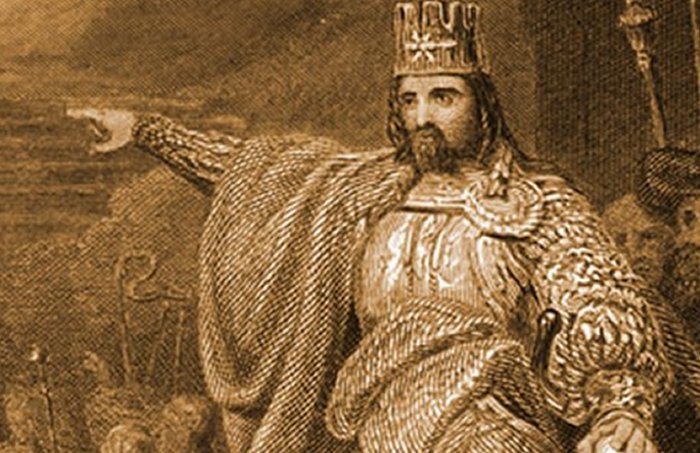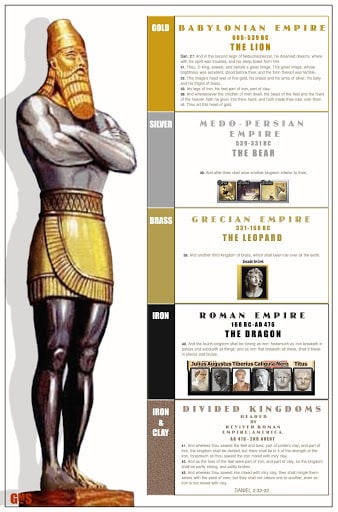King Nebuchadnezzar was the oldest son of Nabopolassar and would become the greatest king of the Babylonian Empire.

During his reign, he would finish off the crumbling Assyrian Empire, destroy Israel, put the Jewish people in exile, and own most of the Middle East.
He also ushered in a golden age of Babylonian architecture that was known for the Hanging Gardens.
His reign would be from 605 - 562 BC and is spoken of in the writings of Herodotus and the Biblical books of Kings and Jeremiah. A more intimate look at Nebuchadnezzar takes place in the book of Daniel.
Early Years
Nebuchadnezzar served under his father and learned much from him. His father, King Nabolopassar, was once an Assyrian official within the Assyrian empire.
When Assyria began to crumble due to internal problems, Nabolopassar seized an opportunity and led a rebellion.
During this rebellion, Nebuchadnezzar and the ruler of the Medes, Cyaxares, allied with each other to defeat the Assyrians and Egyptians at the Battle of Carchemish.
Nebuchadnezzar took the throne after his father’s death in 605 BC at the age of 29 years old.
Building an Empire
At the beginning of his reign, Nebuchadnezzar devoted most of his time to securing his eastern and northern borders.
In 594 BC, he squashed a brief rebellion within Babylon. Soon after he continued West of Babylon and attacked the Hebrews, he put the city of Jerusalem under siege and captured King Jehoiachin along with prominent citizens and craftsmen.
He then appointed Zedekiah as King of Judah, but Zedekiah rebelled against his rule, and the Hebrews were defeated, Zedekiah killed, and its citizens exiled.
Following the defeat of Israel, he secured other city-states leftover from the Assyrian Empire.
This included Phoenicia and Cilicia. After his death, the kingdom passed to members of his family and did not last long. His grandson, King Beltashazzer, would be the last king of Babylon.
During a large feast, Cyrus the Great won one of the most impressive victories in the history of the world. Babylon fell to the Persians.
Biblical Insights
The Book of Daniel gives a more intimate perspective of who Nebuchadnezzar was. Daniel was a Jewish exile who was captured and exiled to Babylon.
He was castrated along with three of his friends and was placed as a eunuch in charge of Nebuchadnezzar’s harem.
Despite being of a different religion than the King, Daniel was elevated to a high position in the kingdom of Babylon.
He served Nebuchadnezzar, and despite the king's terrible treatment of him, he seemed to develop a love for Nebuchadnezzar.

Daniel interpreted dreams for the king and foretold of Babylon’s fall after the king’s death. The most famous dream he interpreted as the dream of the statue made of different things.
The dream was of a statue with a head of gold, a chest of silver, a waist of brass, legs of iron, and feet made of iron and clay.
Each of these items represented an empire that would rise and fall.
He also spoke of Nebuchadnezzar’s fall from God’s favor. During that time, the king went insane for seven years and then returned to his throne. Upon his return, some believe he converted to Daniel’s beliefs, but that is debated.
